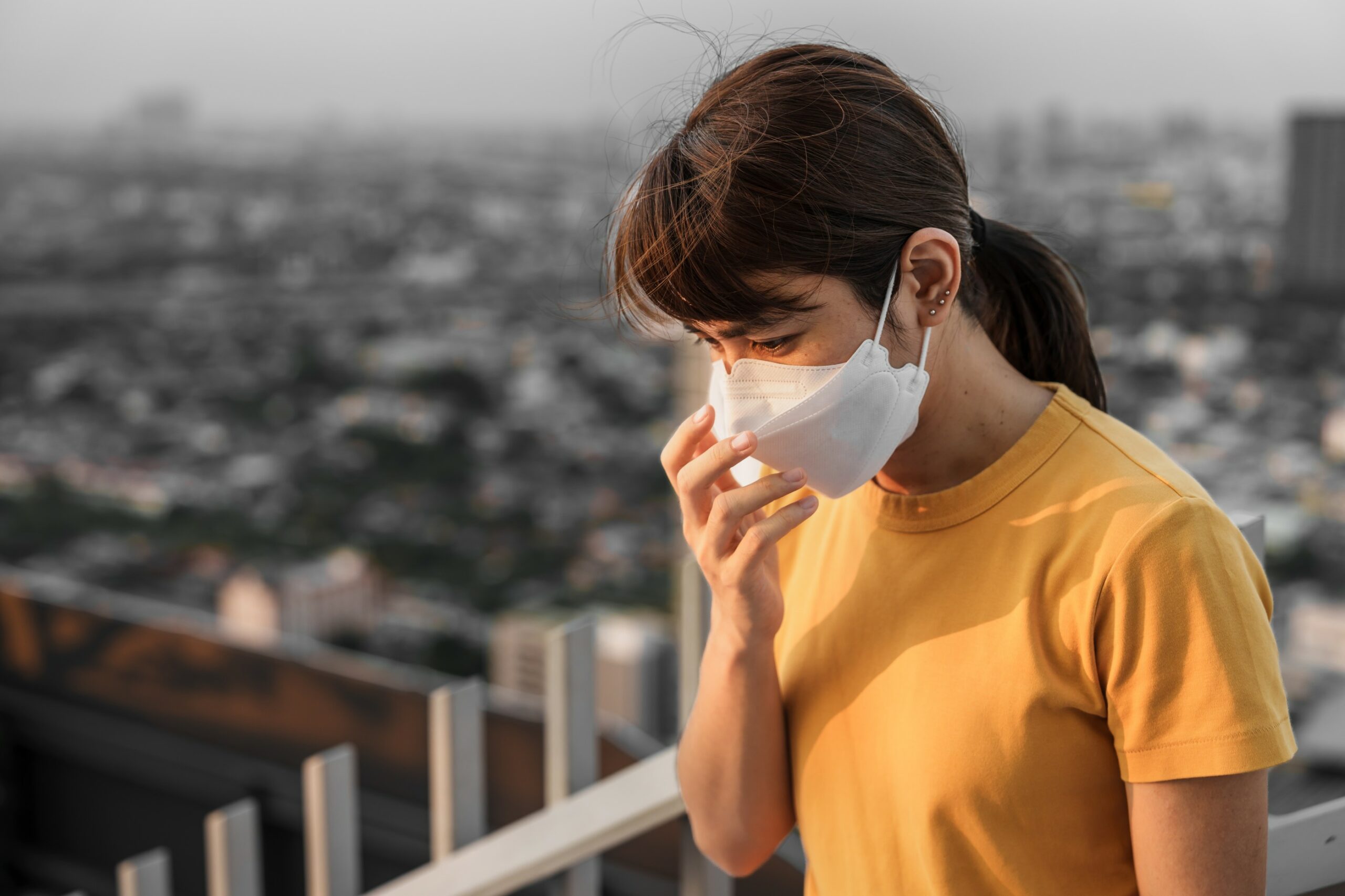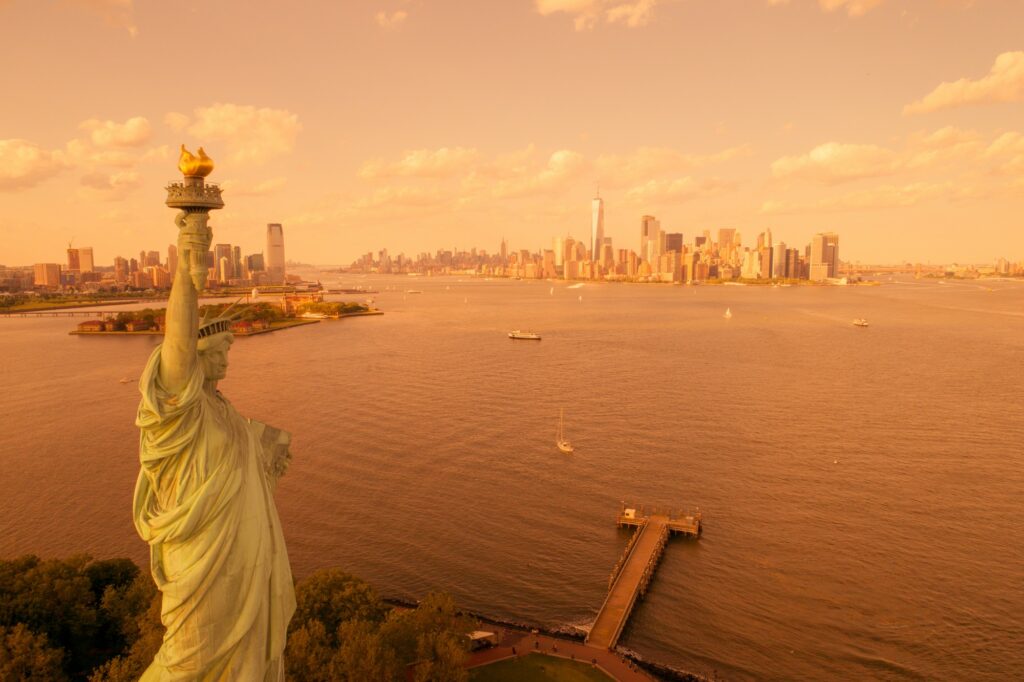
Heavy Rain, Flooding, and Chance of Severe Weather Staring Down the Southern U.S.
January 22, 2024
Posted: June 30, 2023 12:00 pm





As the record-breaking wildfire season rages on in Canada, millions of Americans have been feeling the impacts of the smoke filtering down into the U.S. It was another week of dangerous air quality index ratings for a number of major American cities, including Milwaukee, Detroit, and Cleveland.
When is the air forecast to improve and how long will the improvement last? Here are what weather experts are saying about the smoke circulating around the country.
Forecasters are predicting some level of improvement in air quality levels in the Midwest and the Northeast by the weekend. However, this relief may be short-lived as another change in the weather pattern could bring the smoke and the haze back by the Fourth of July holiday.
A change in the movement of the winds circulating in varying levels of the atmosphere will help to clear out some of the smoke in the northern U.S. by the weekend. The downside of this change in wind pattern is that thunderstorms and other forms of severe weather will be back in the forecast.
The National Weather Service (NWS) issued air quality alerts for over a dozen states on Thursday, stretching across the northern U.S. from Minnesota to Rhode Island. This put cities such as Chicago and Pittsburgh under the gun for unhealthy air as the smoke continued to pour down from Canada.
Unfortunately for the Northeast, the poor air quality is predicted to expand into New England and down into New York City to end the work week. Although the air will not be as unhealthy as what the Big Apple and its environs experienced a few weeks ago, it will still be a noticeable change in the air quality.

The return of a low pressure zone to the Midwest and Northeast over the weekend will translate to a change in the wind direction. This shift will mean that winds will be coming from the west and the south, helping to keep the smoke from the Canadian fires out of the U.S.
In addition, a storm system is expected to track to the east across the Midwest and into the Great Lakes and Northeast throughout the weekend. The moisture associated with this weather maker will further help to disperse some of the smoke particles and improve the air quality.
The change will be gradual, meaning that the smoke will not be completely absent over the next few days. Some haze may linger across the Great Lakes and beyond. Forecasters are predicting that air quality index ratings will land in the moderate range for the areas of the U.S. that have been most severely impacted.
The smoke hovering in the deeper valleys of the Northeast and Great Lakes may also hang around a bit longer. You will want to check these air quality ratings if you have outdoor plans over the long holiday weekend, especially if you are part of a vulnerable population.
Outdoor plans may also be compromised this weekend by the onset of a new round of showers and thunderstorms across the Midwest and the Northeast. The slow-moving storm system could deliver consistent downpours to the same communities throughout the weekend.
Plentiful moisture circulating in the atmosphere will fuel this thunderstorm development in the coming days.
Looking ahead at the long-range forecast, it is likely that the eastern half of the U.S. has not seen the last of the smoke and haze coming down from Canada.
The neighbor to the north is expected to continue to see wildfires rage throughout the summer, meaning that Americans should prepare for intermittent periods of poor air quality in the coming months. In fact, the potentially dangerous smoke could be back in the northern half of the U.S. by the Fourth of July.
Did you find this content useful? Feel free to bookmark or to post to your timeline for reference later.

January 21, 2024

January 19, 2024

January 18, 2024